Akhaltsikhe to Vardzia
We got back in the four wheel drive vehicles we had used to get to
the mountains of Svaneti and headed for Akhaltsikhe and
Vadzia. We drove along a river heading into the mountains as
the villages got progressively smaller. We stopped in
Makhuntseti to admire a twelfth century bridge.
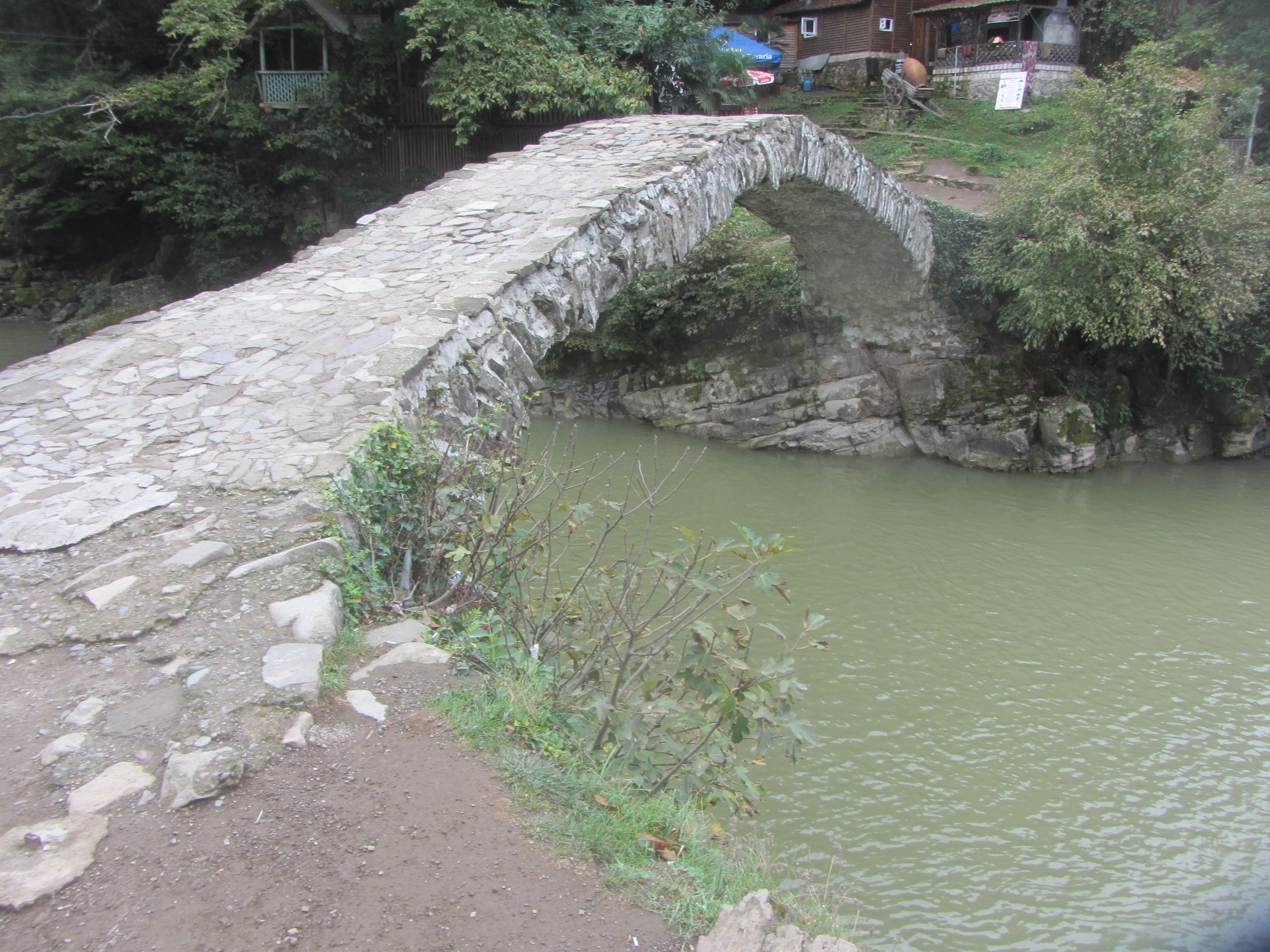
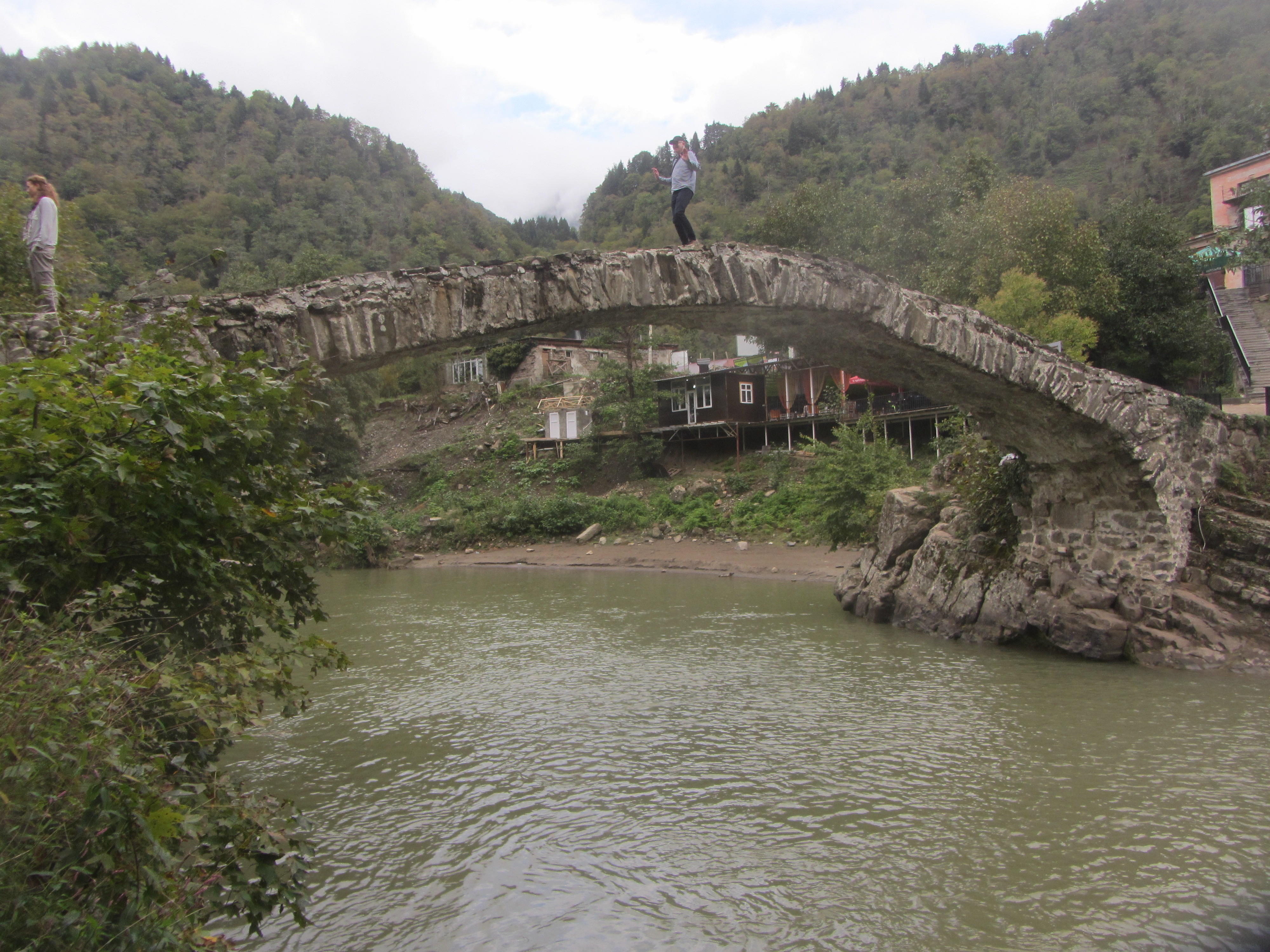
With the help of our Georgian guide I bought a delicious melon from
a vendor who hauled fruit in his truck..
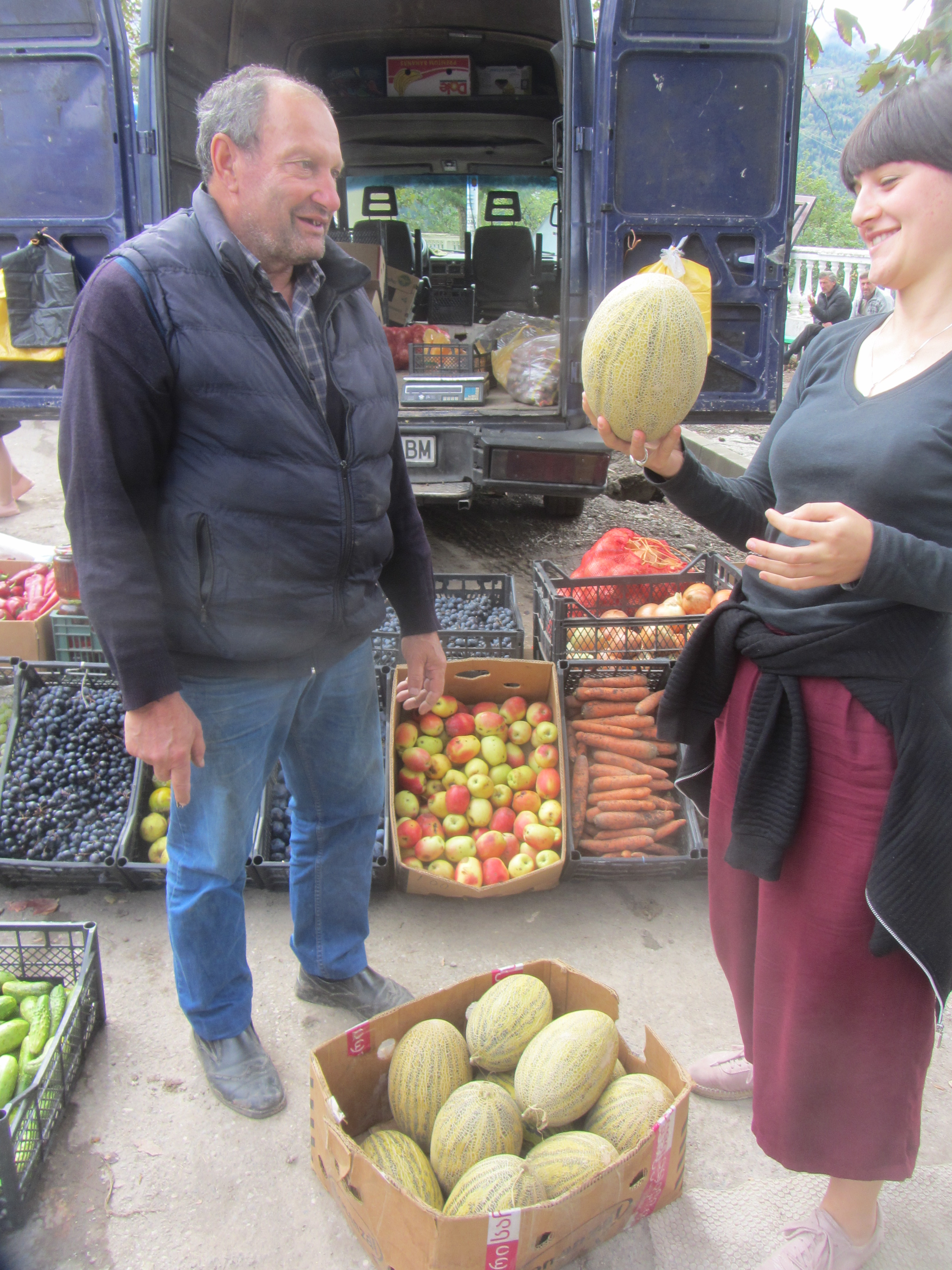

The road from this village to houses across the river was often
impassable. So they built a cable car to get residents across
the river and up to their homes.
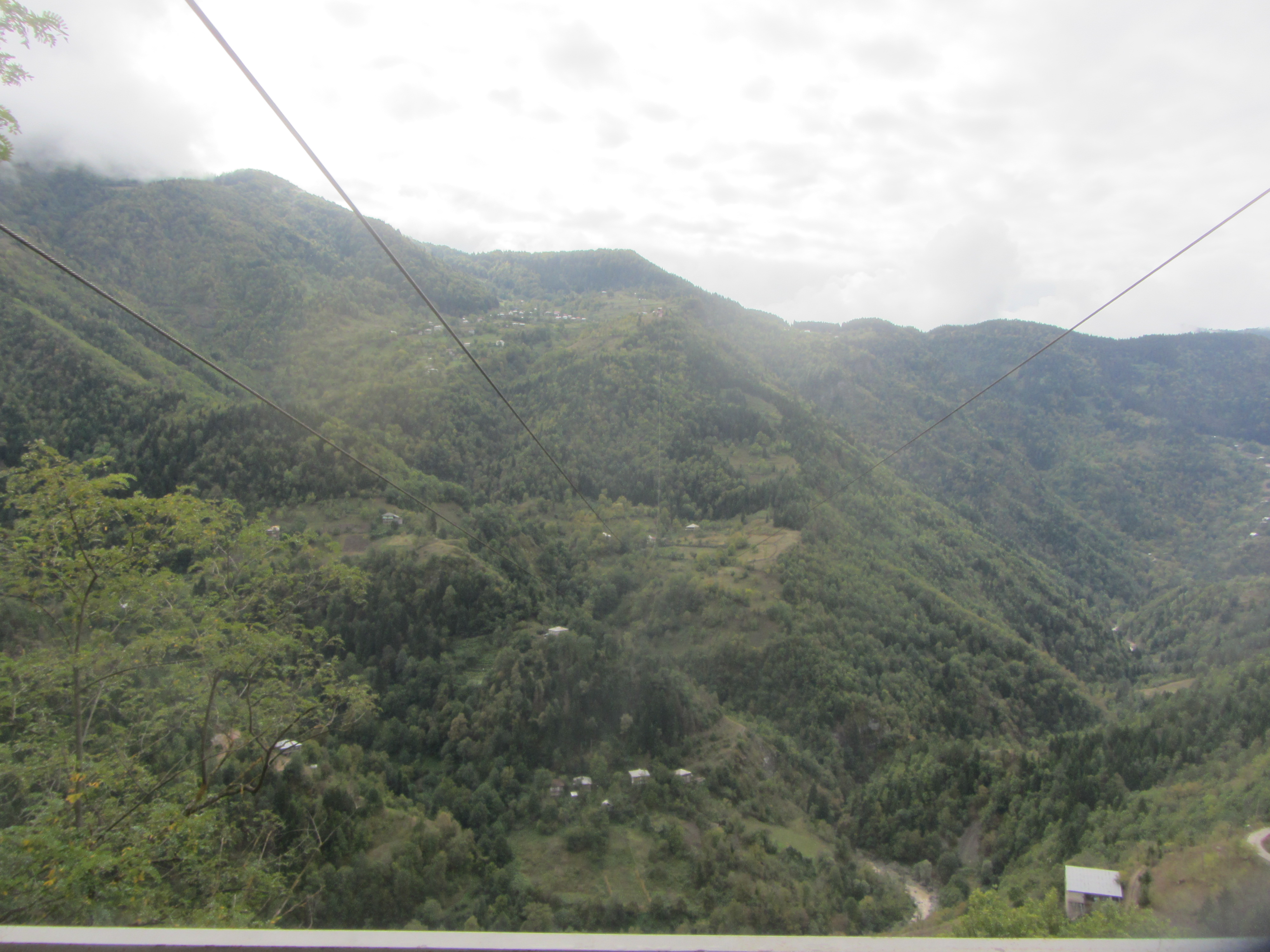
We were glad to be in four wheel drive vehicles rather than our
bus as the pavement ended and the road wound its way up the
mountains. We drove past a new ski area with a hotel under
construction. Finally we got to the top of the pass and
found a small cafe that offered drinks to supplement our picnic
lunch. The weather was not conducive to beautiful pictures.
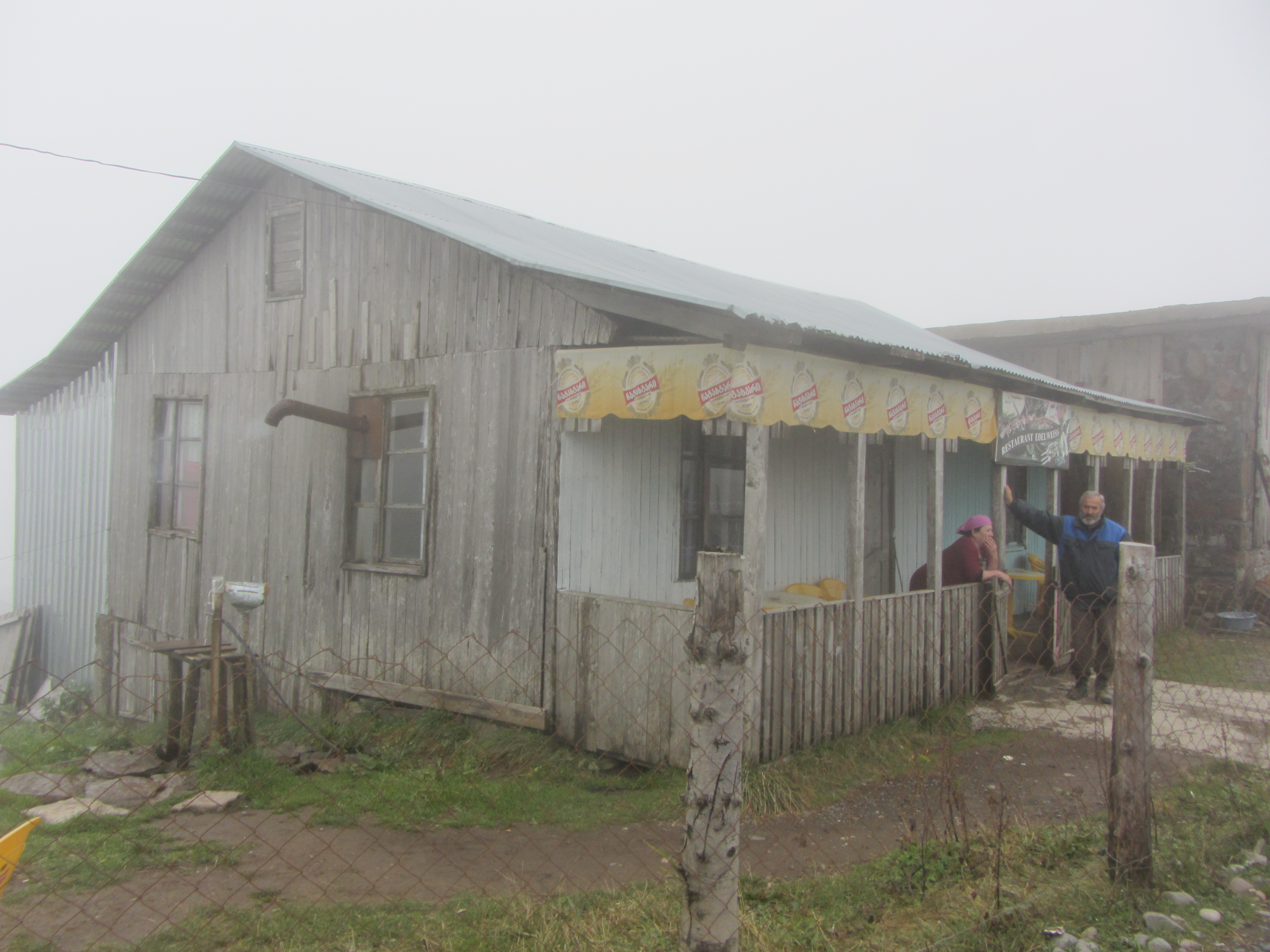
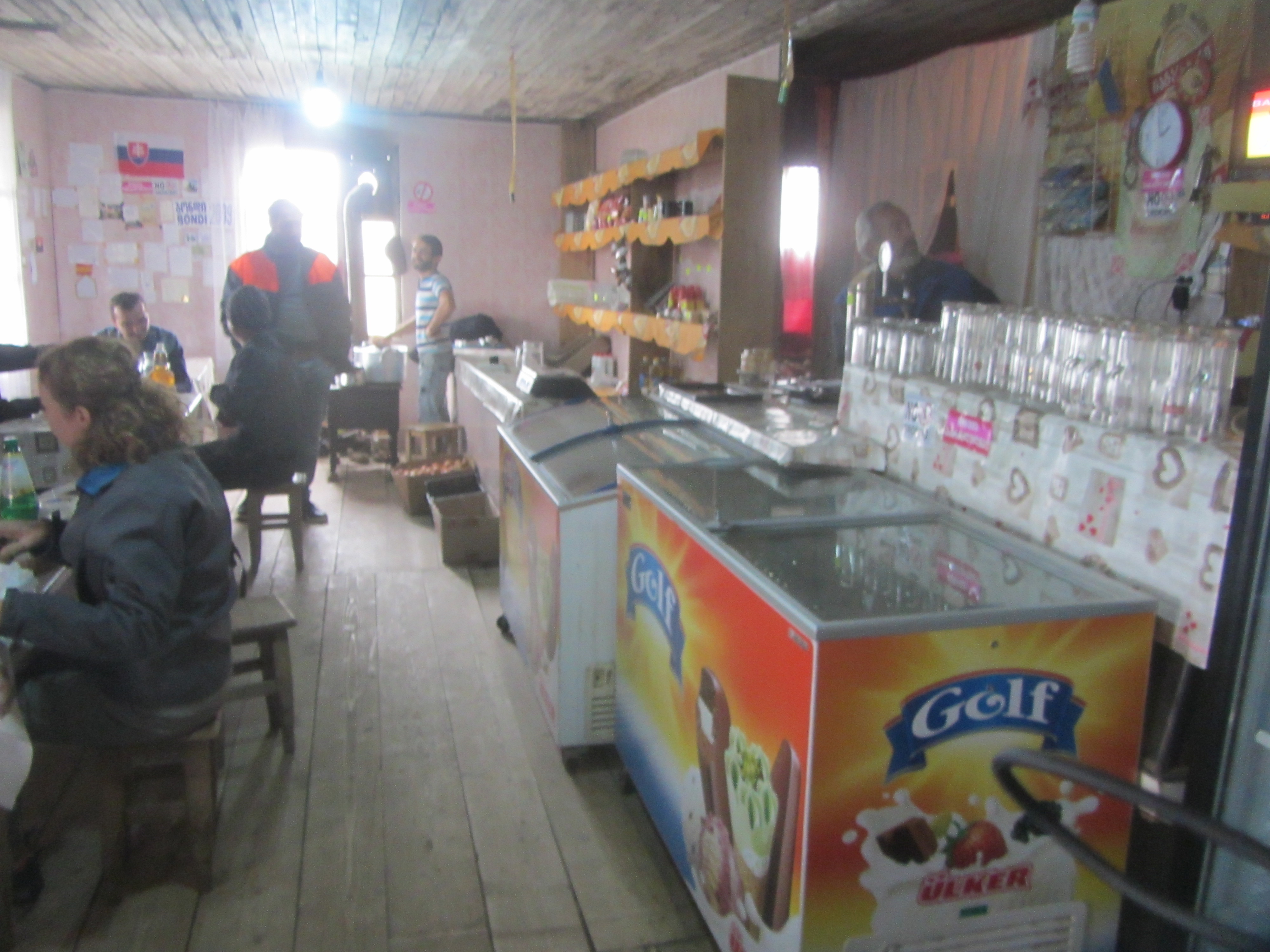
After lunch we got back in the cars to head down the other side of
the pass.
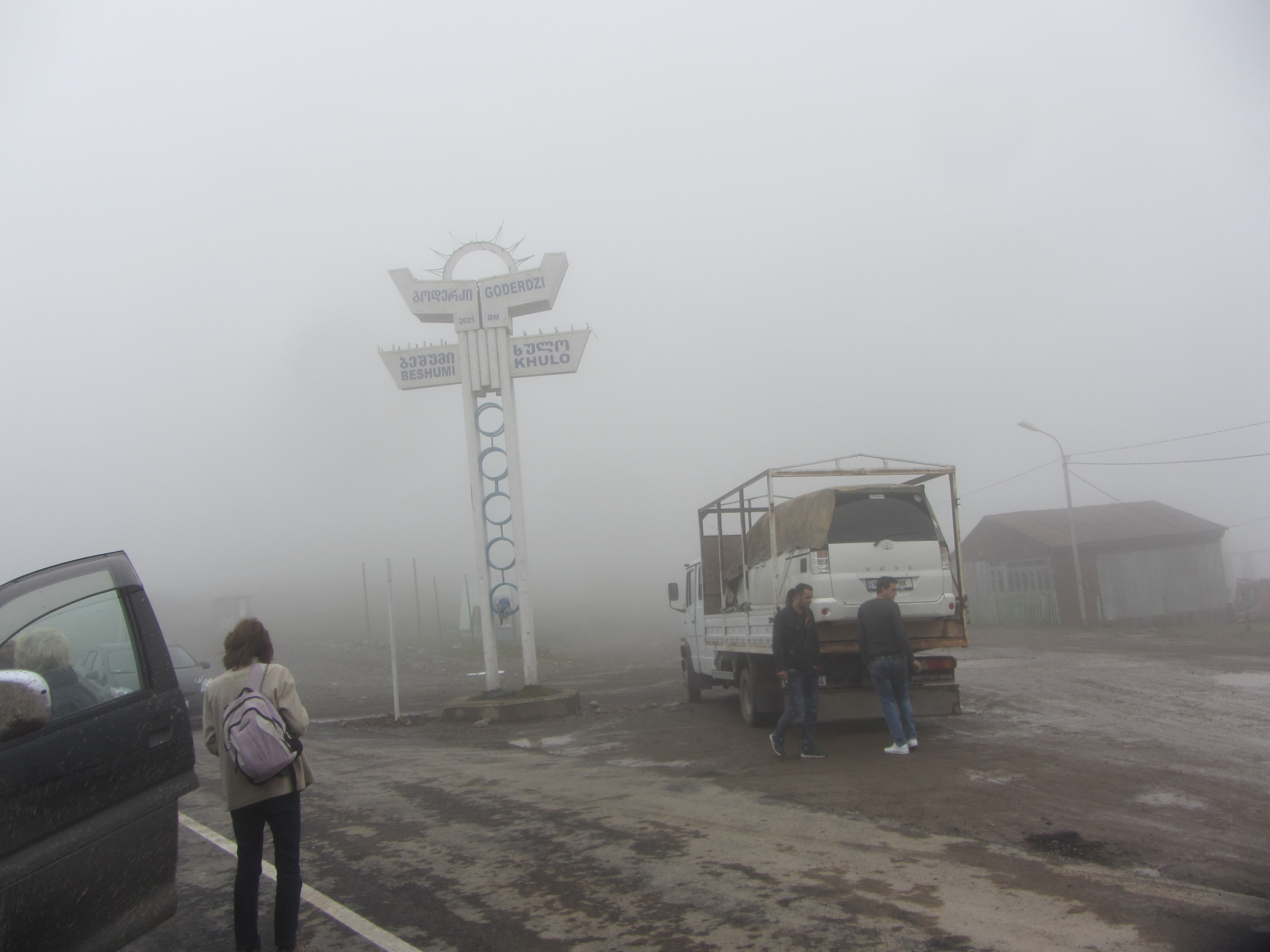
As we descended from the mountains the roads got better, the rain
stopped, the sun came out and we arrived in Akhaltsikhe, home of the
Rabati Castle. The castle was originally built in the ninth
century, rebuilt in the 13th century and again by the Ottamans in
the 17th and 18th centuries. Then it fell into disrepair until
it was completely restored just a few years ago. They may have
gone overboard with the restoration, making everything look brand
new.
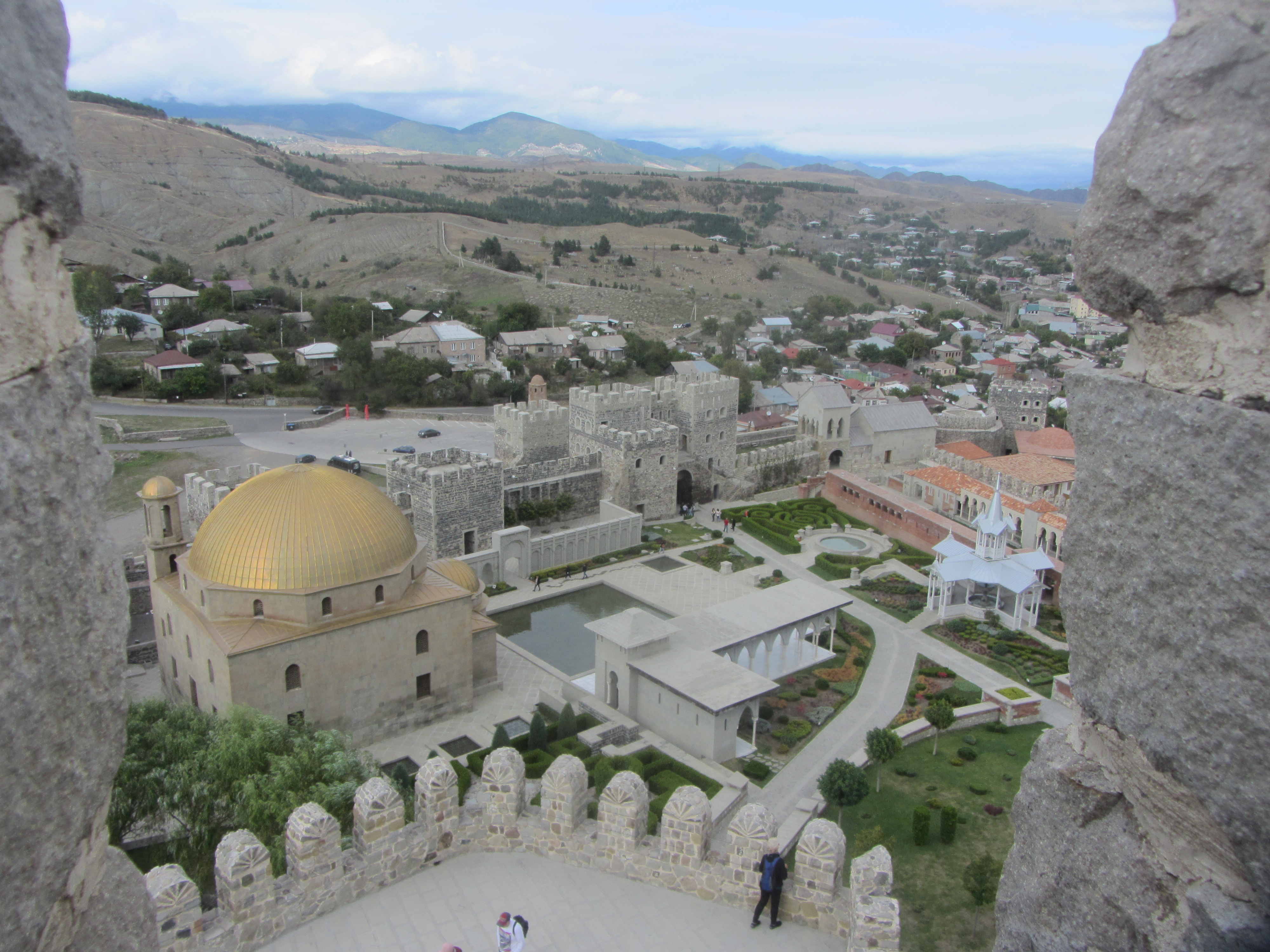
Inside the castle walls are a mosque, madrassa and orthodox church.
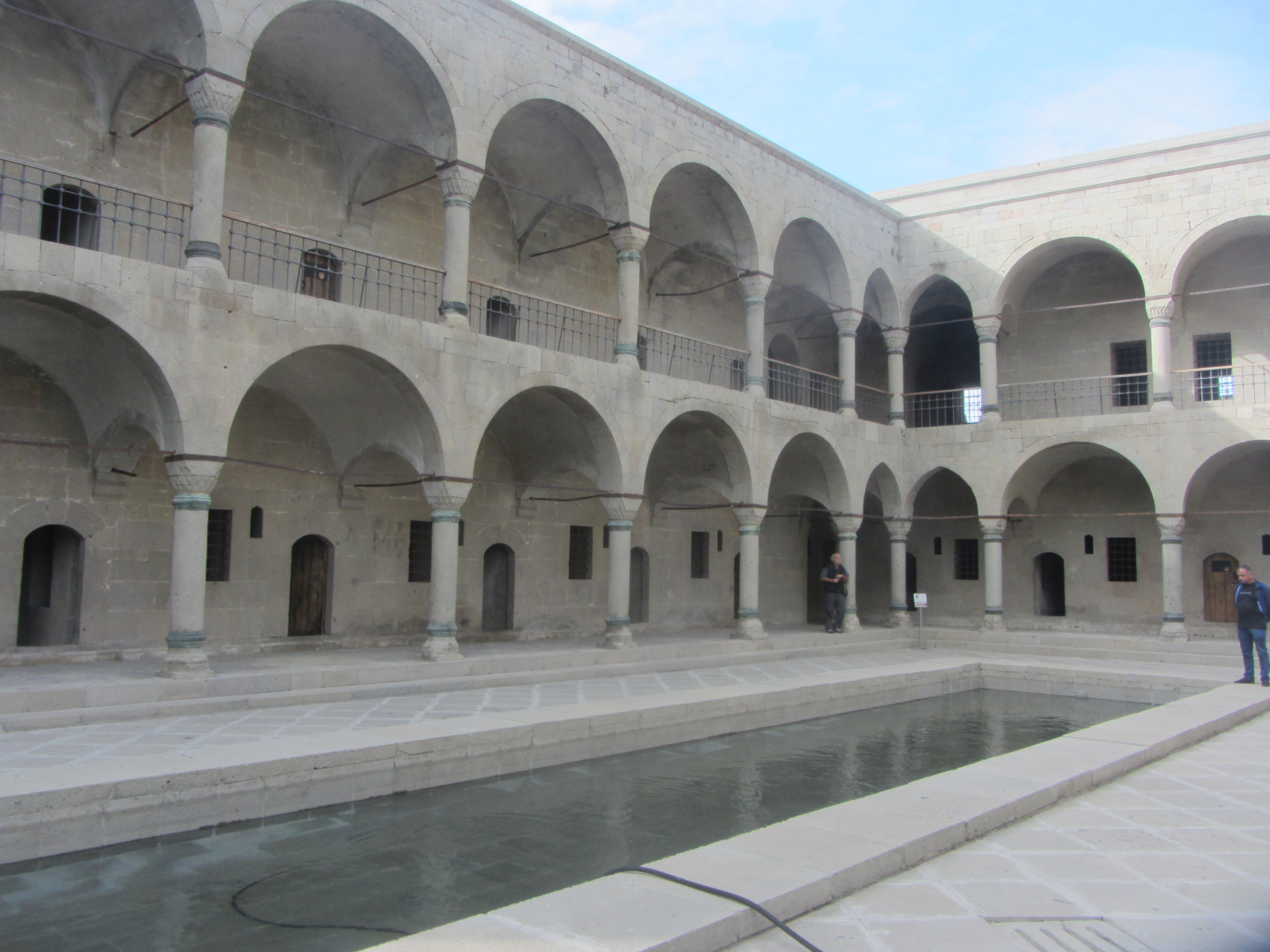
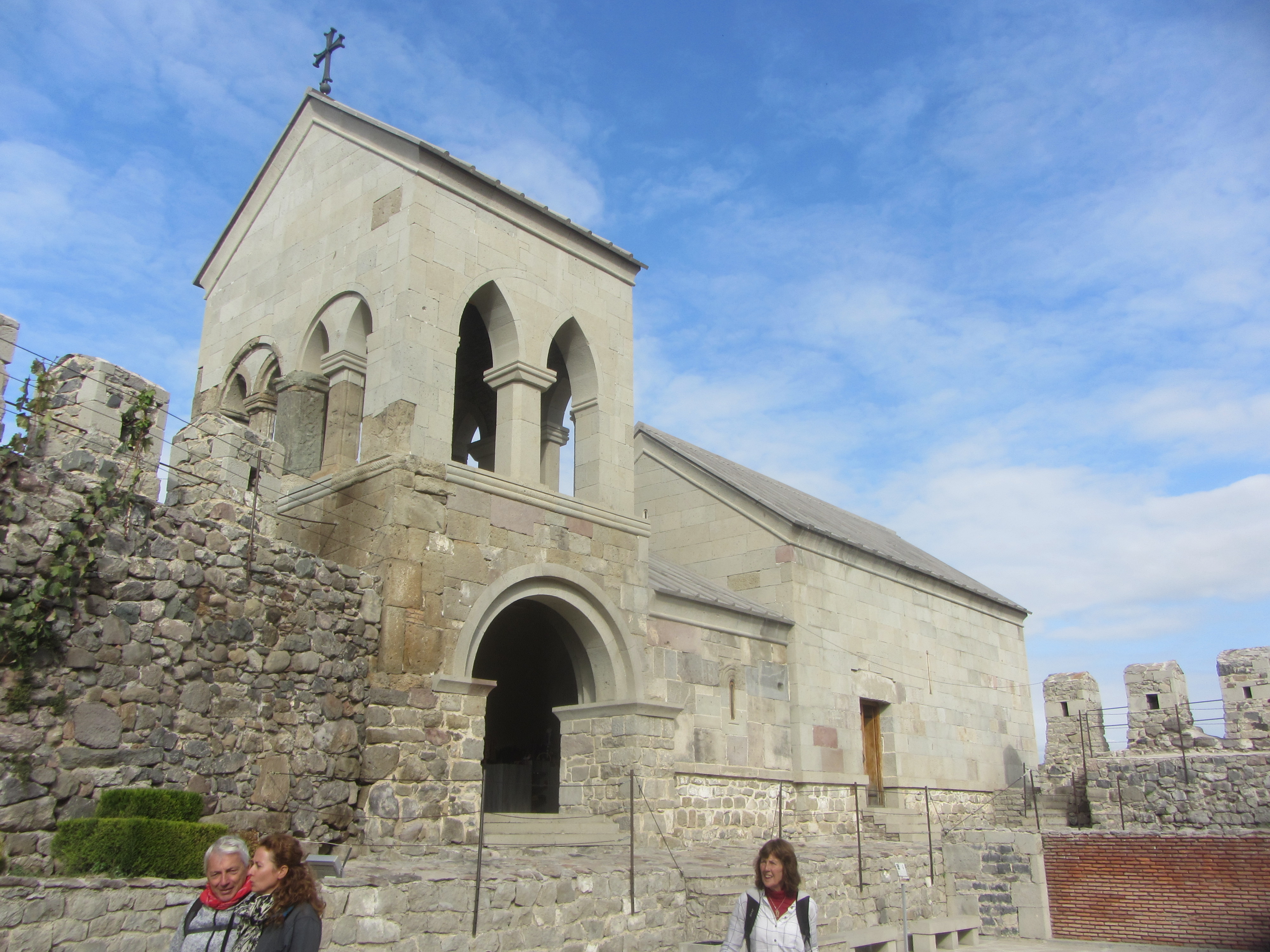
There were lots of Ottoman decorations.
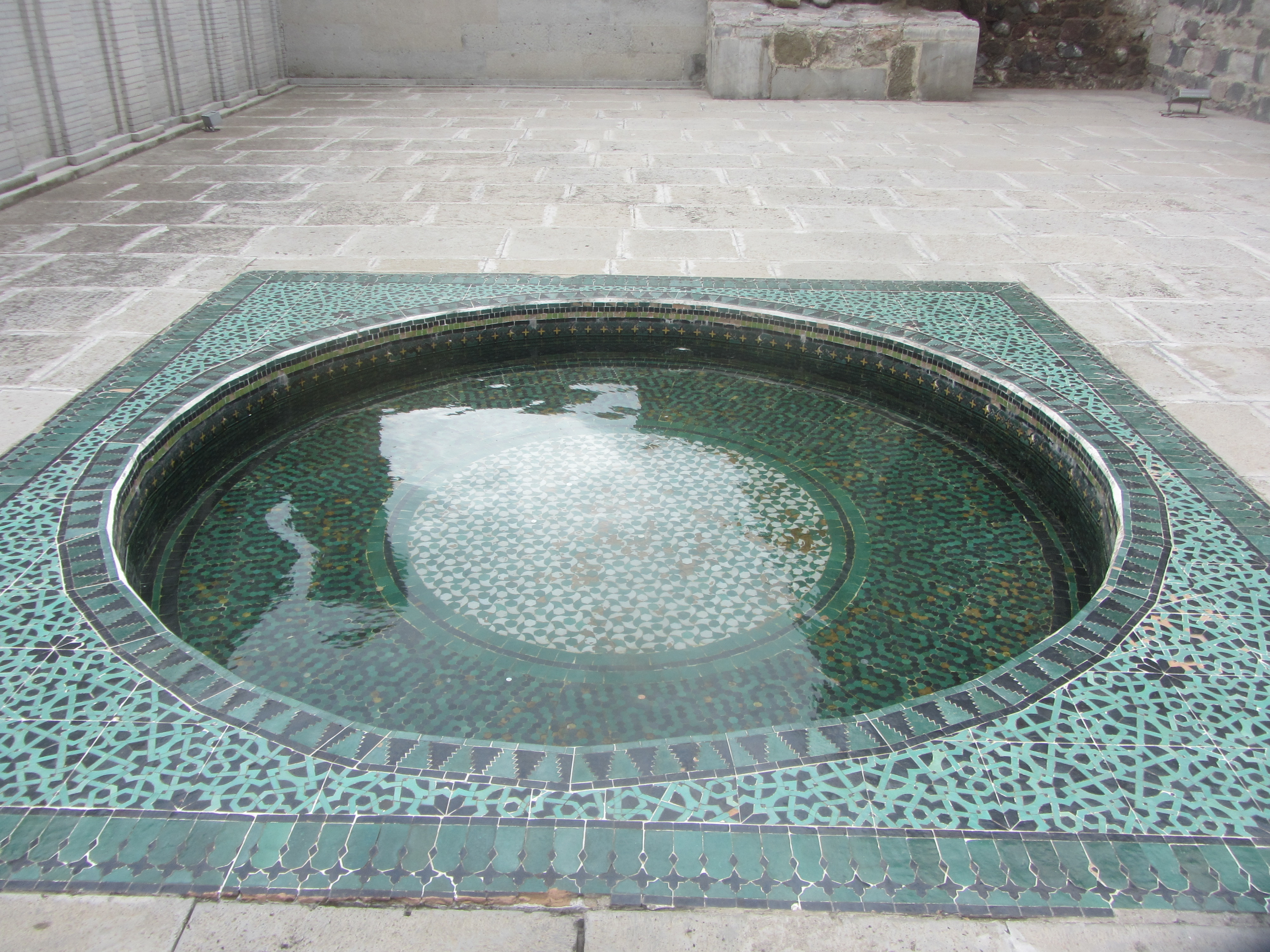
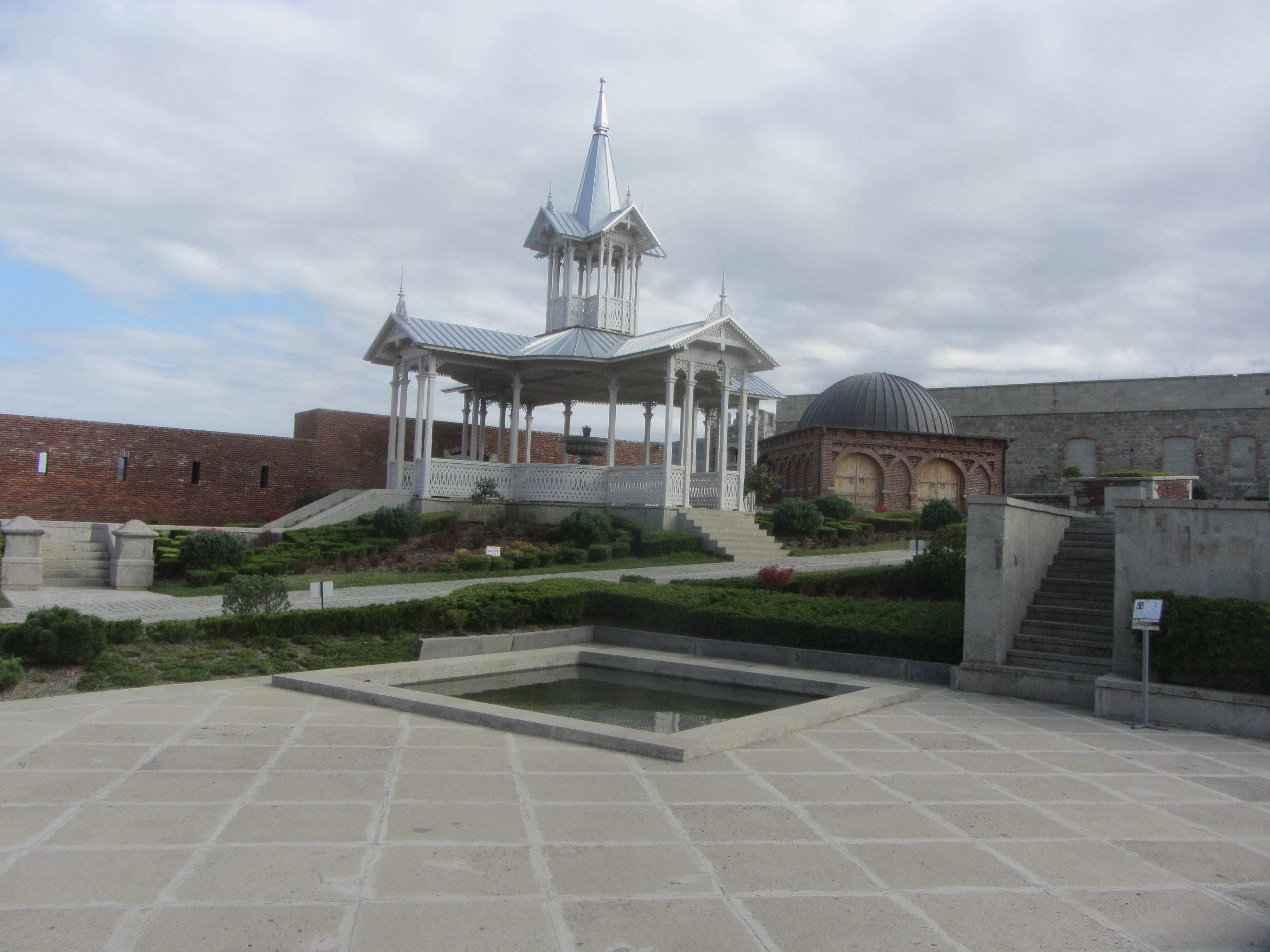
But my favorites were the old fortress and the castle walls.
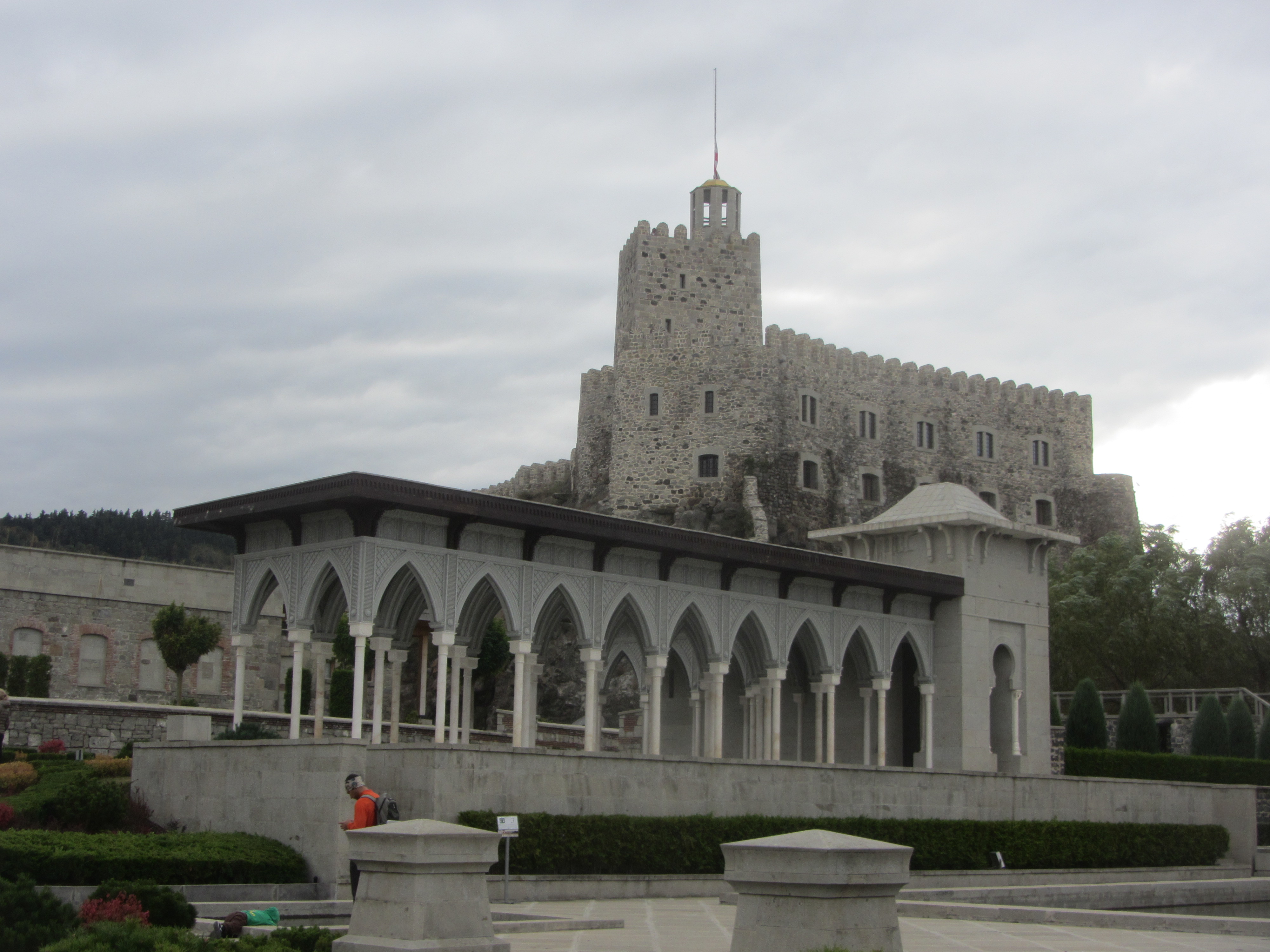
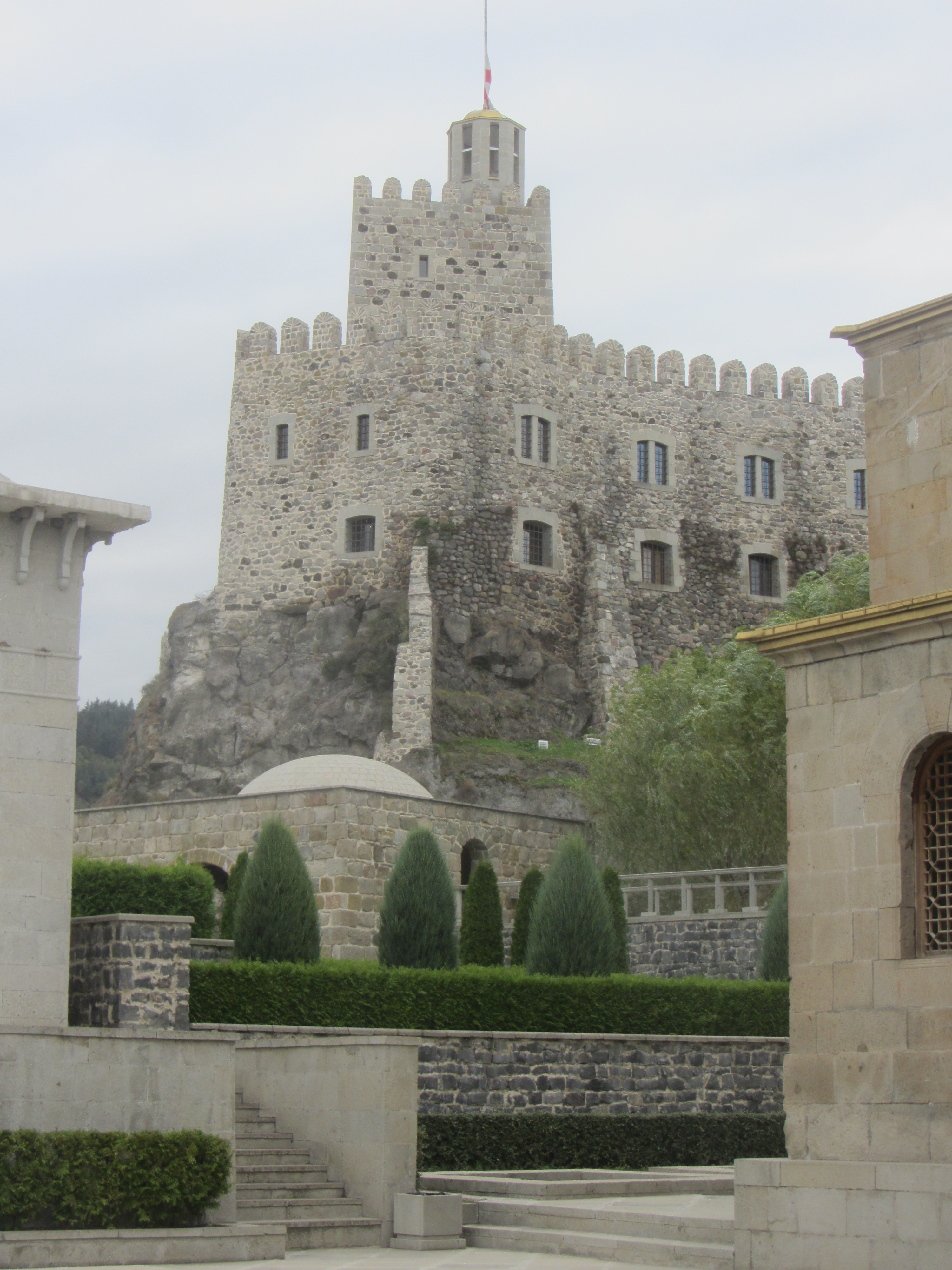
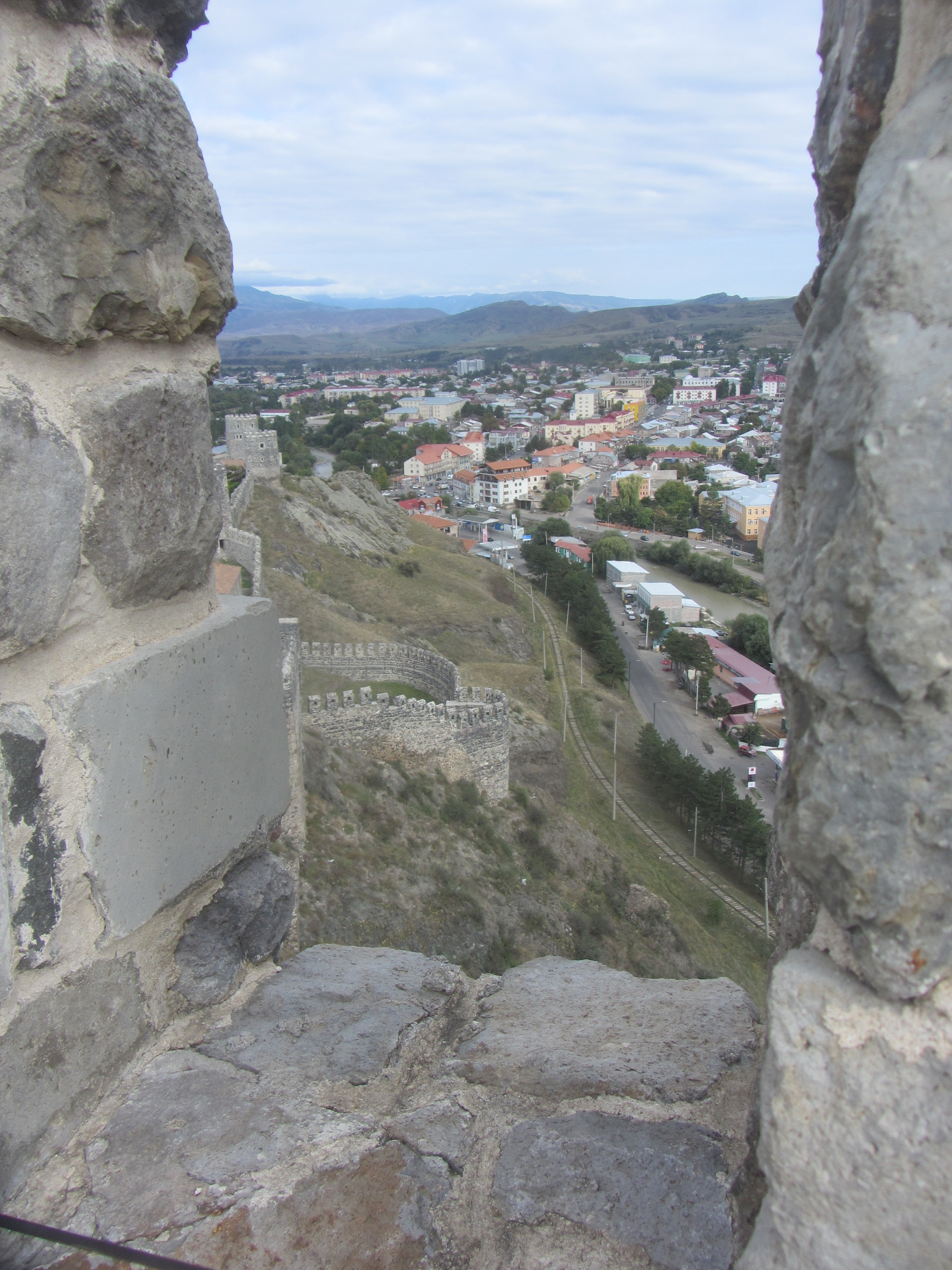
We spent the next two nights on a small farm that had added
buildings with guest rooms. They grow much of the food they
serve using both gardens and greenhouses. Thy also have dining
areas overlooking the river.
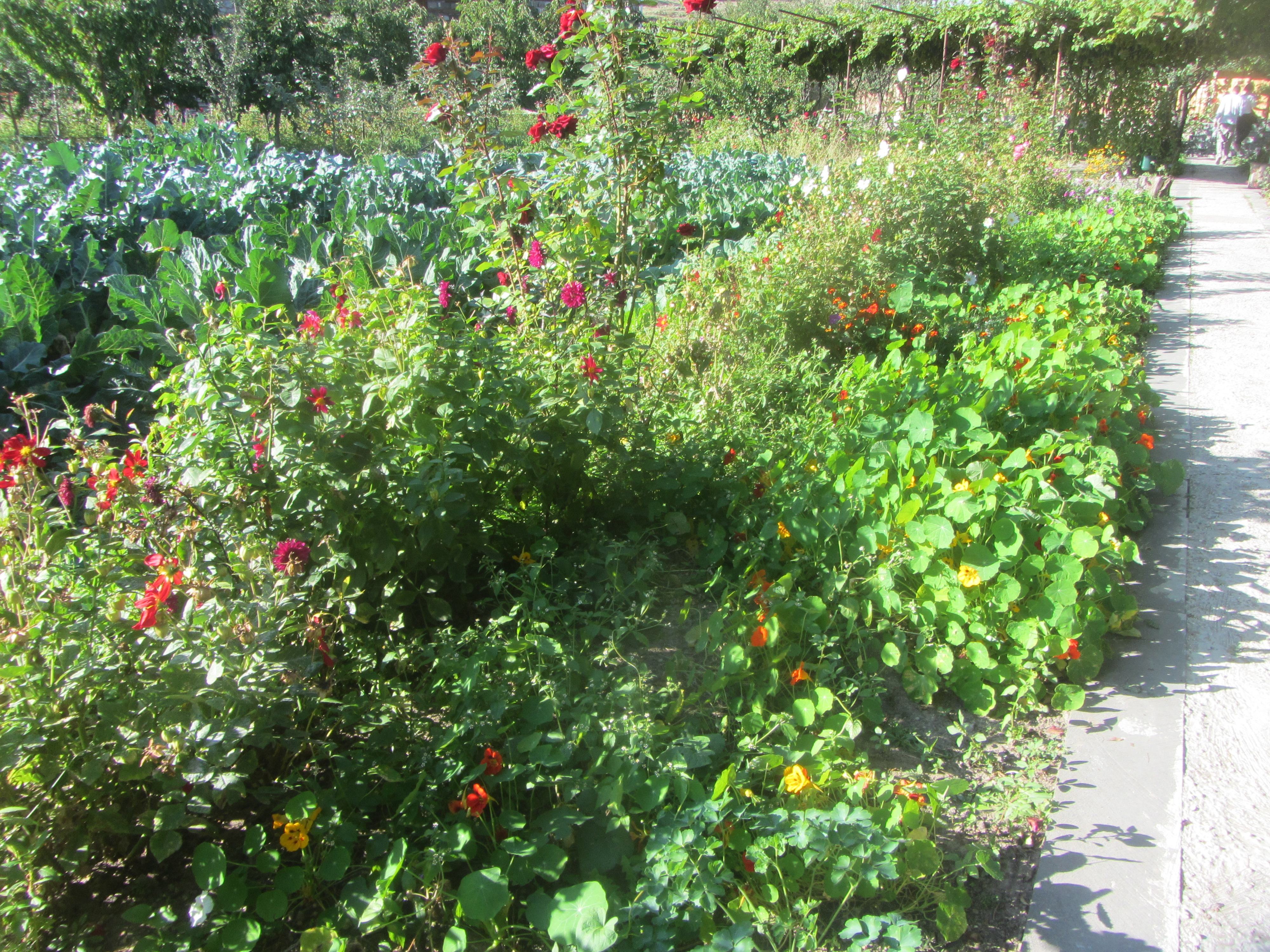
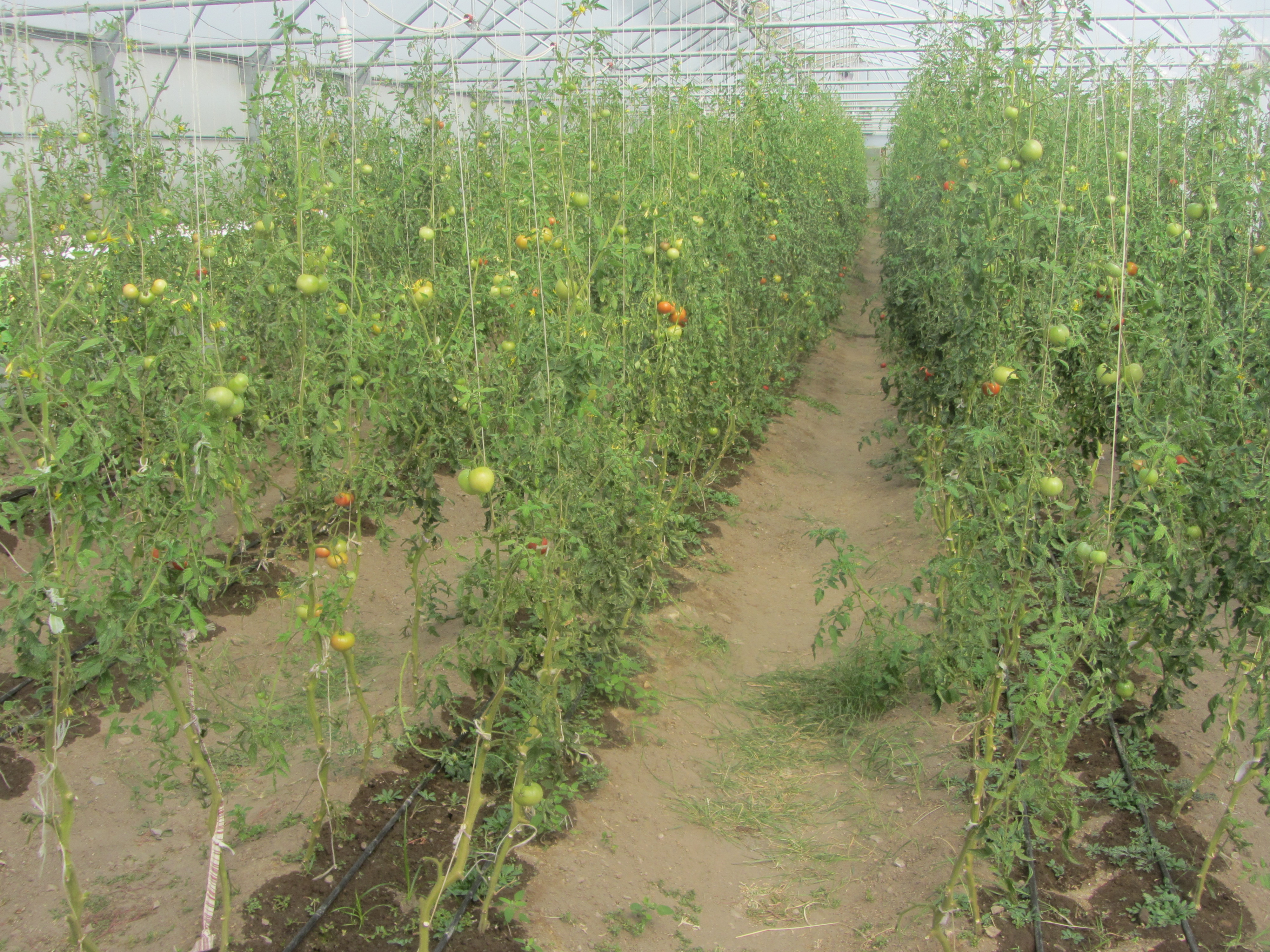
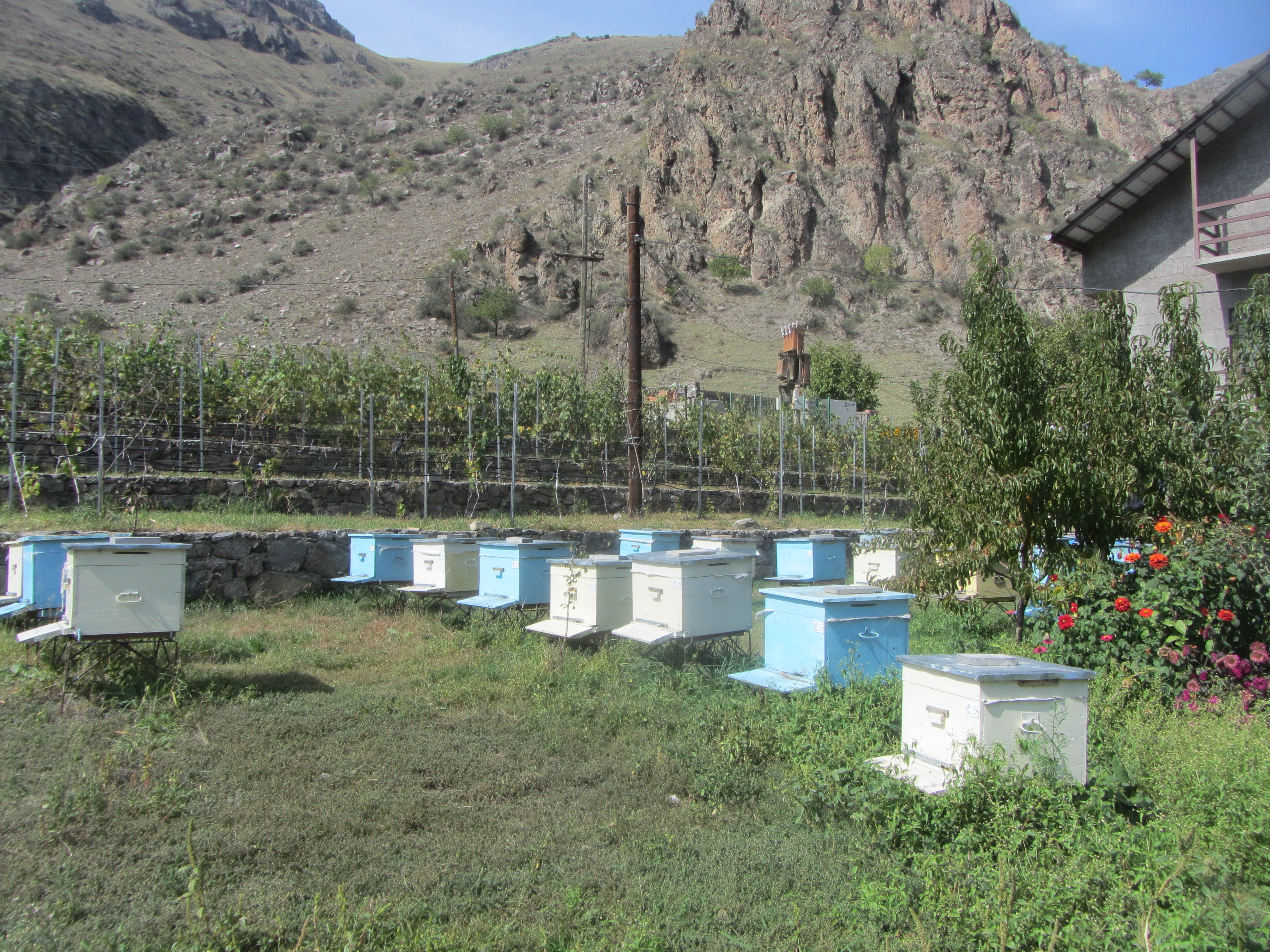
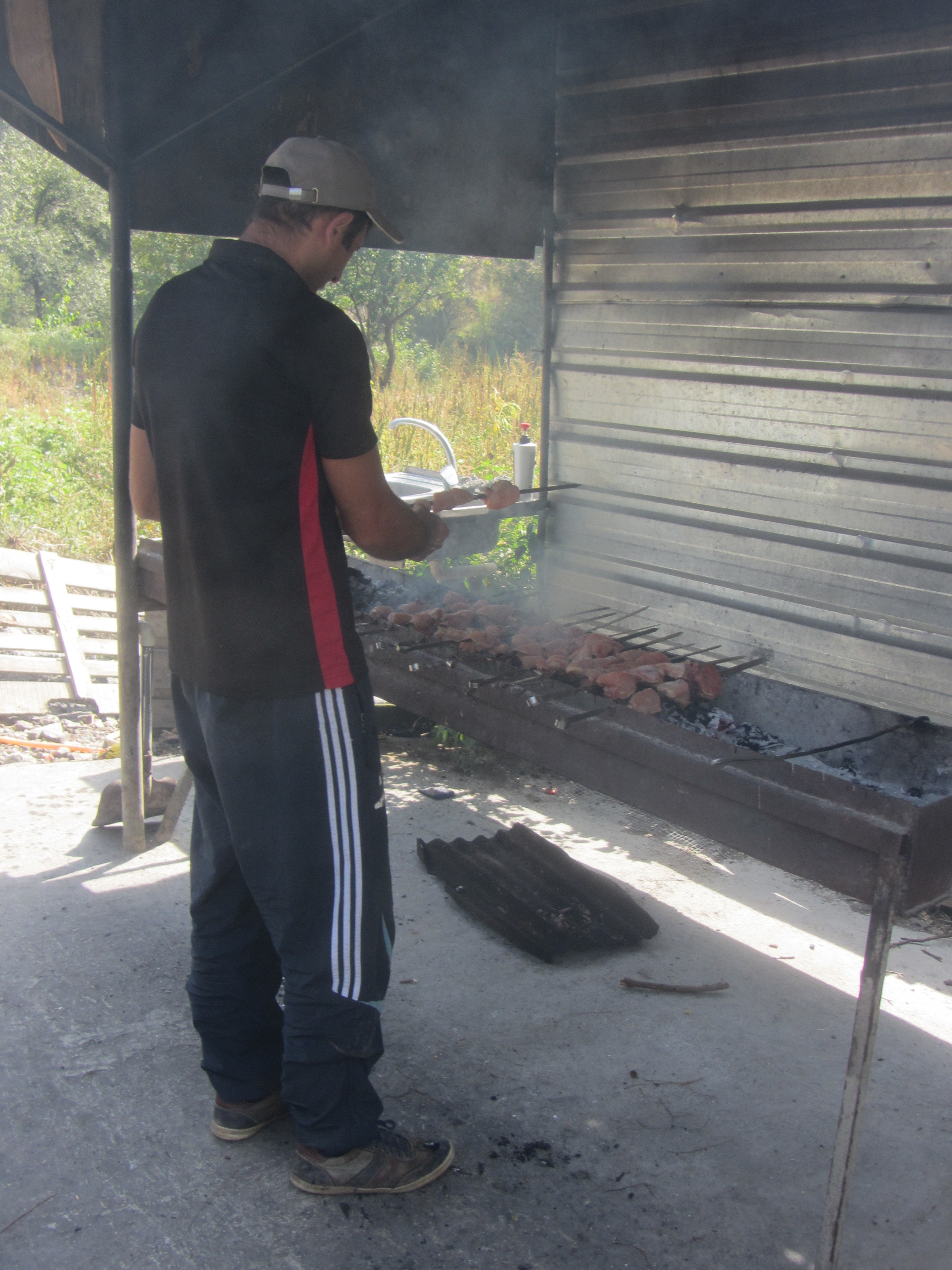
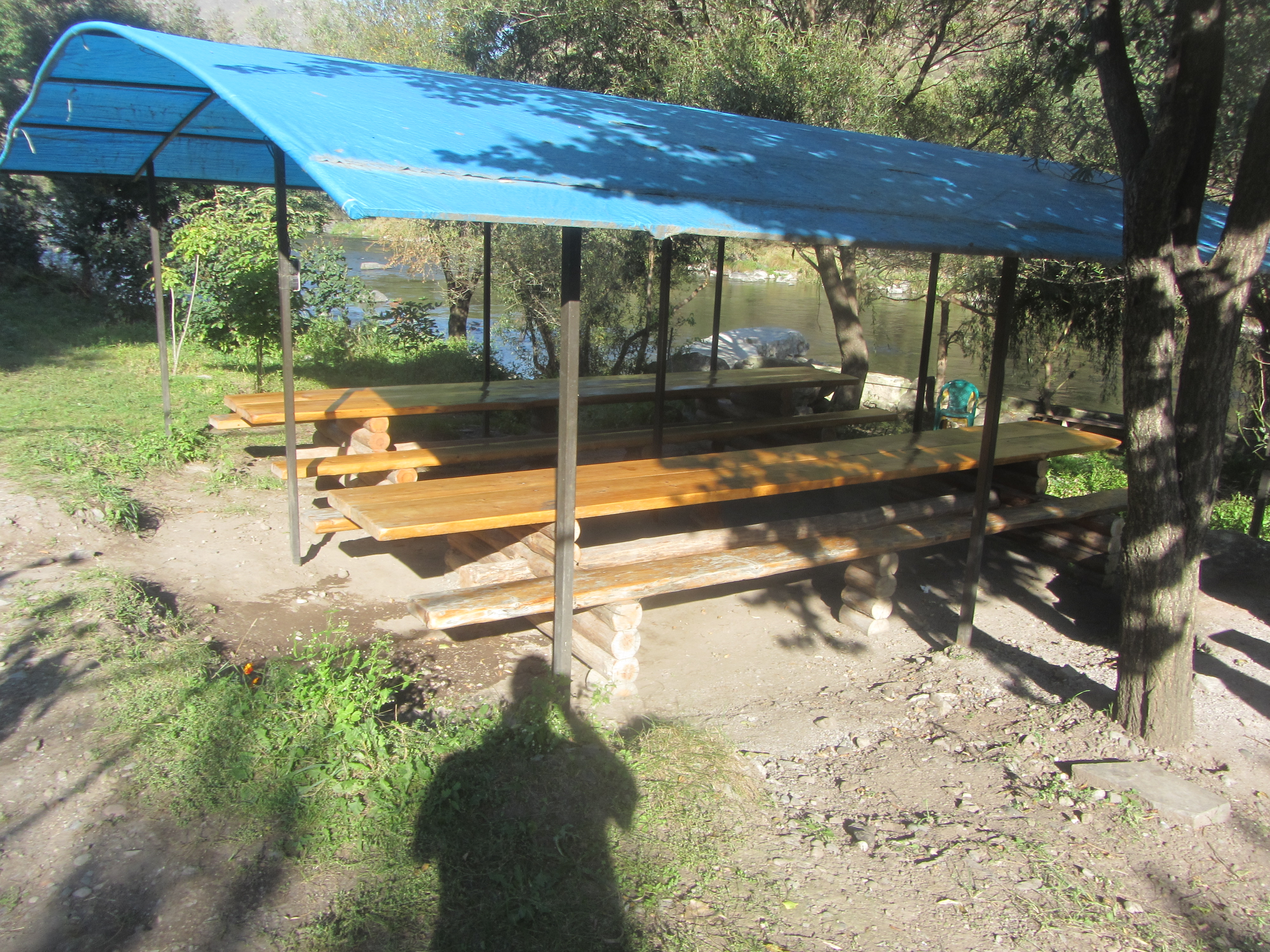
In the morning we headed to the Vardzia cave complex just down the
road.
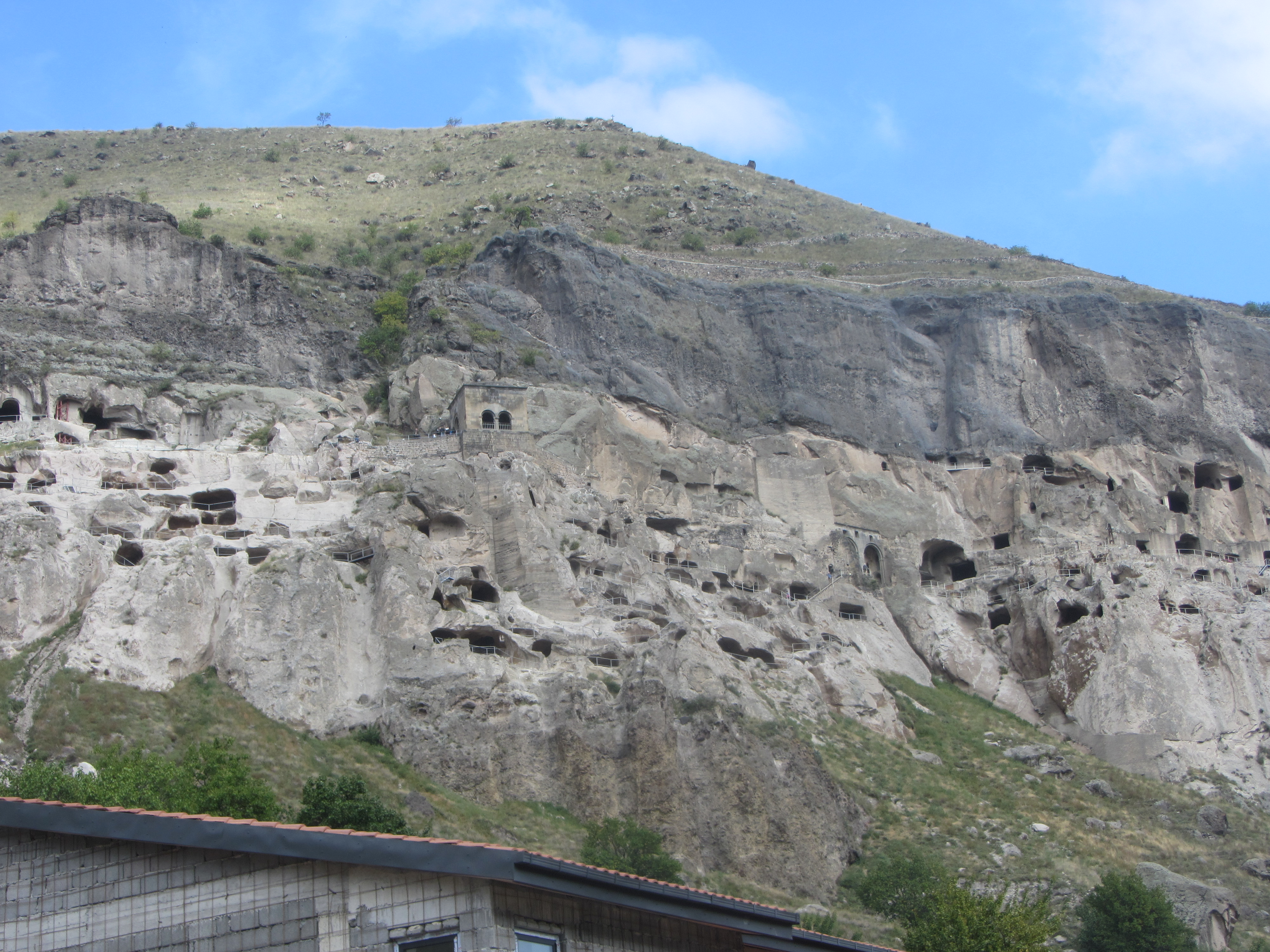
People lived in these caves for about a thousand years beginning in
the sixth century.
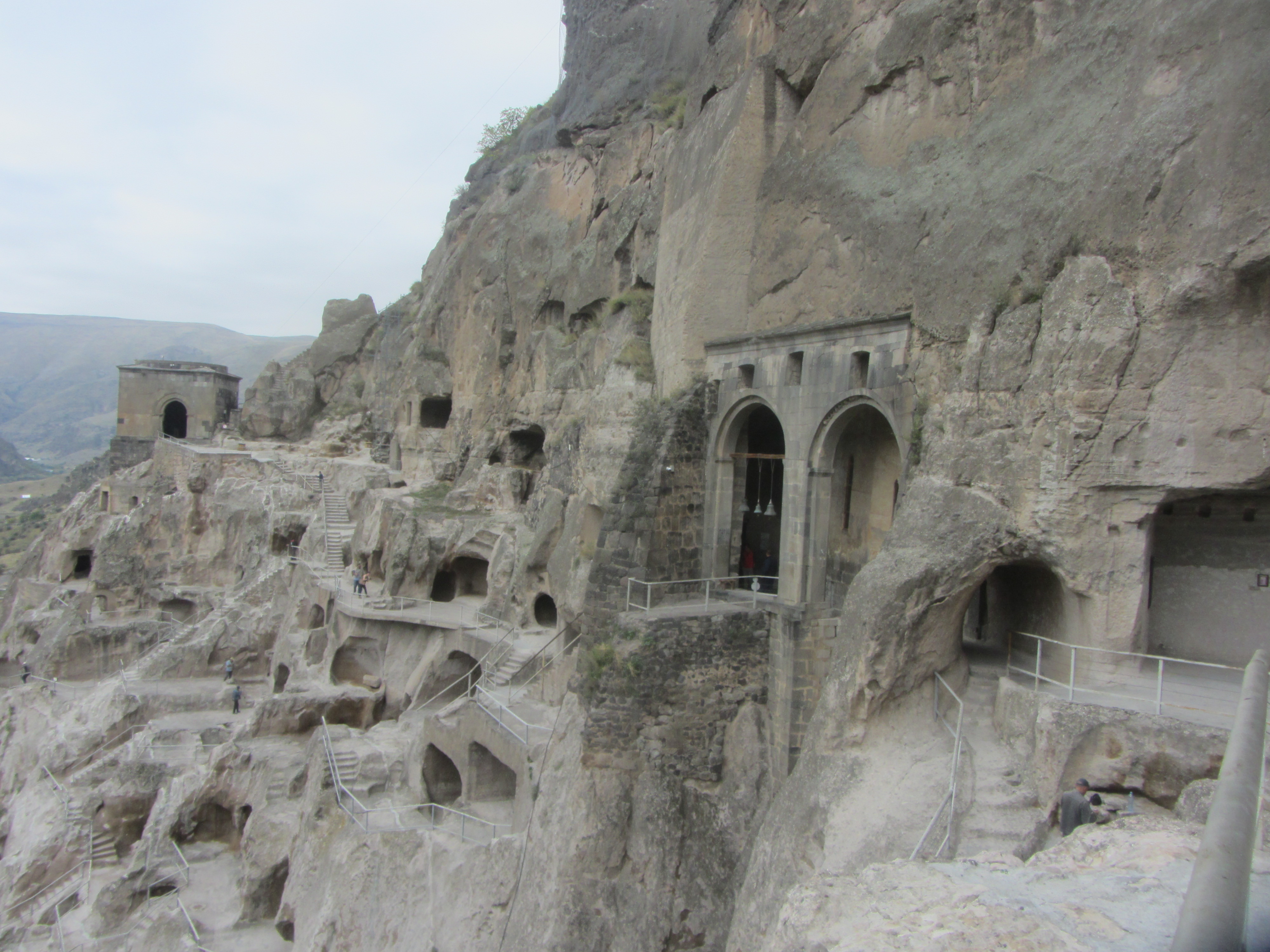
They started as natural caves but they carved elaborate chapels as
well as living and sleeping rooms and long passageways connecting
them.
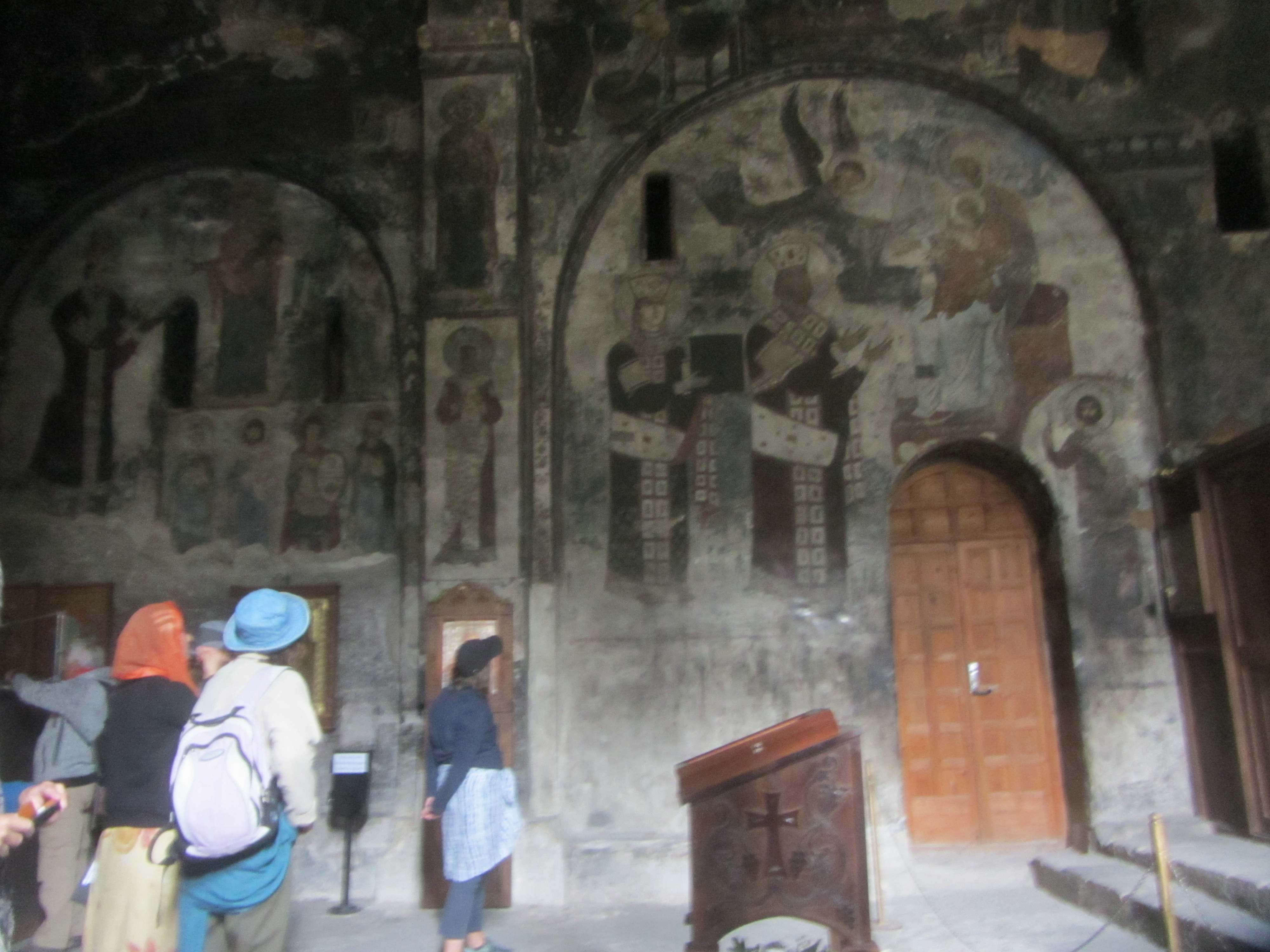
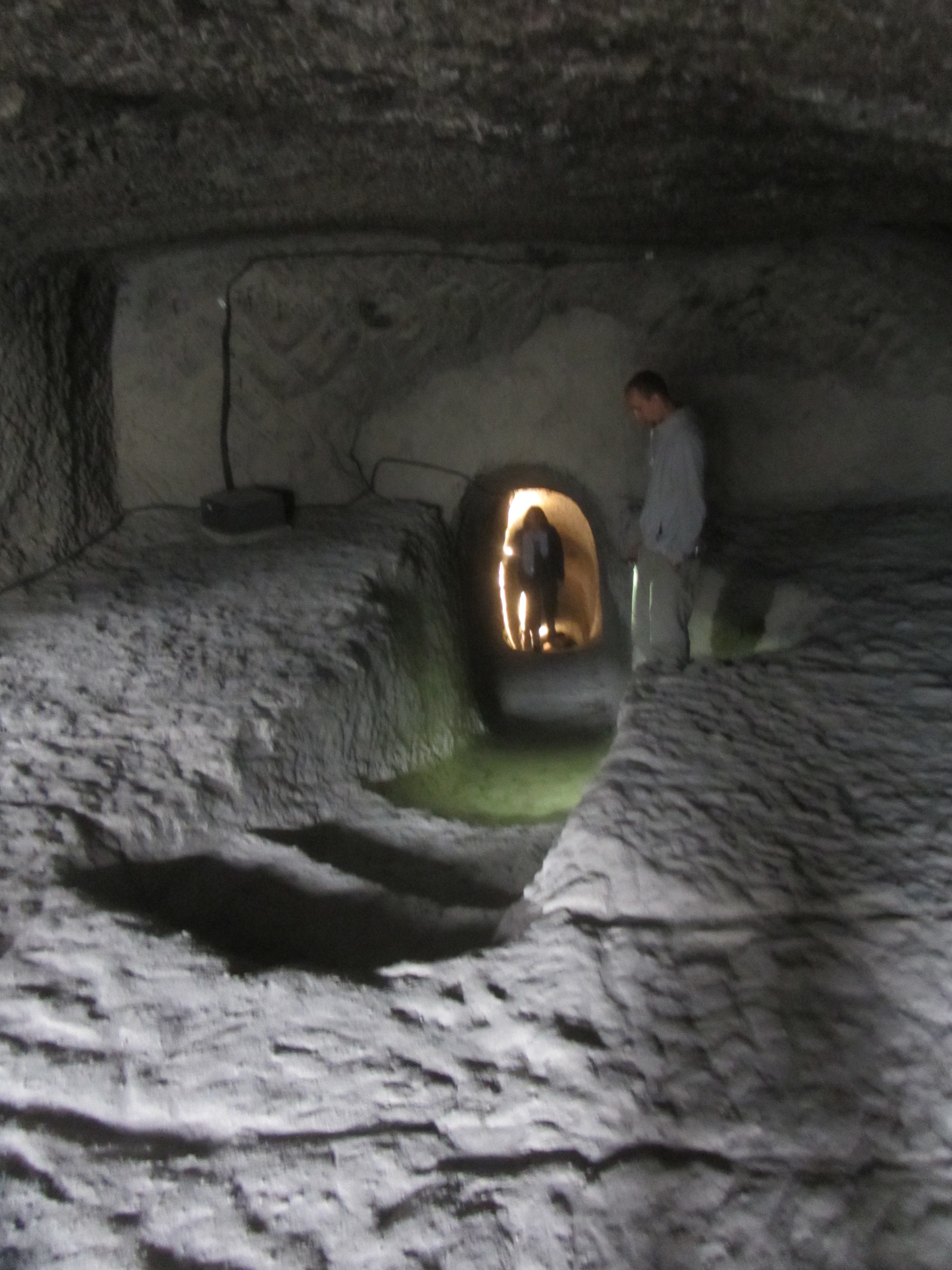
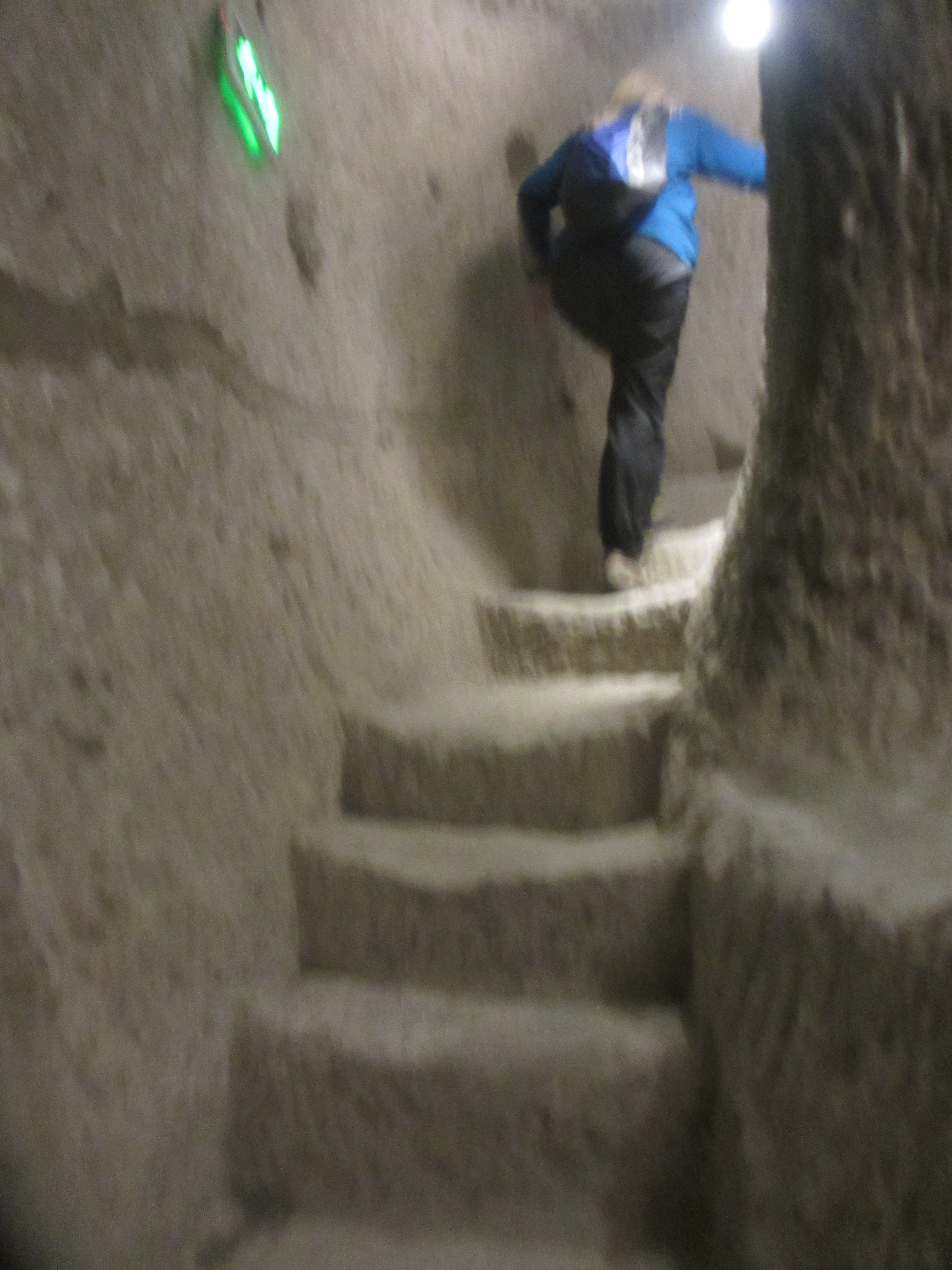
We visited a small nunnery on the side of a mountainwhere the
residents spent much of their day in silence.
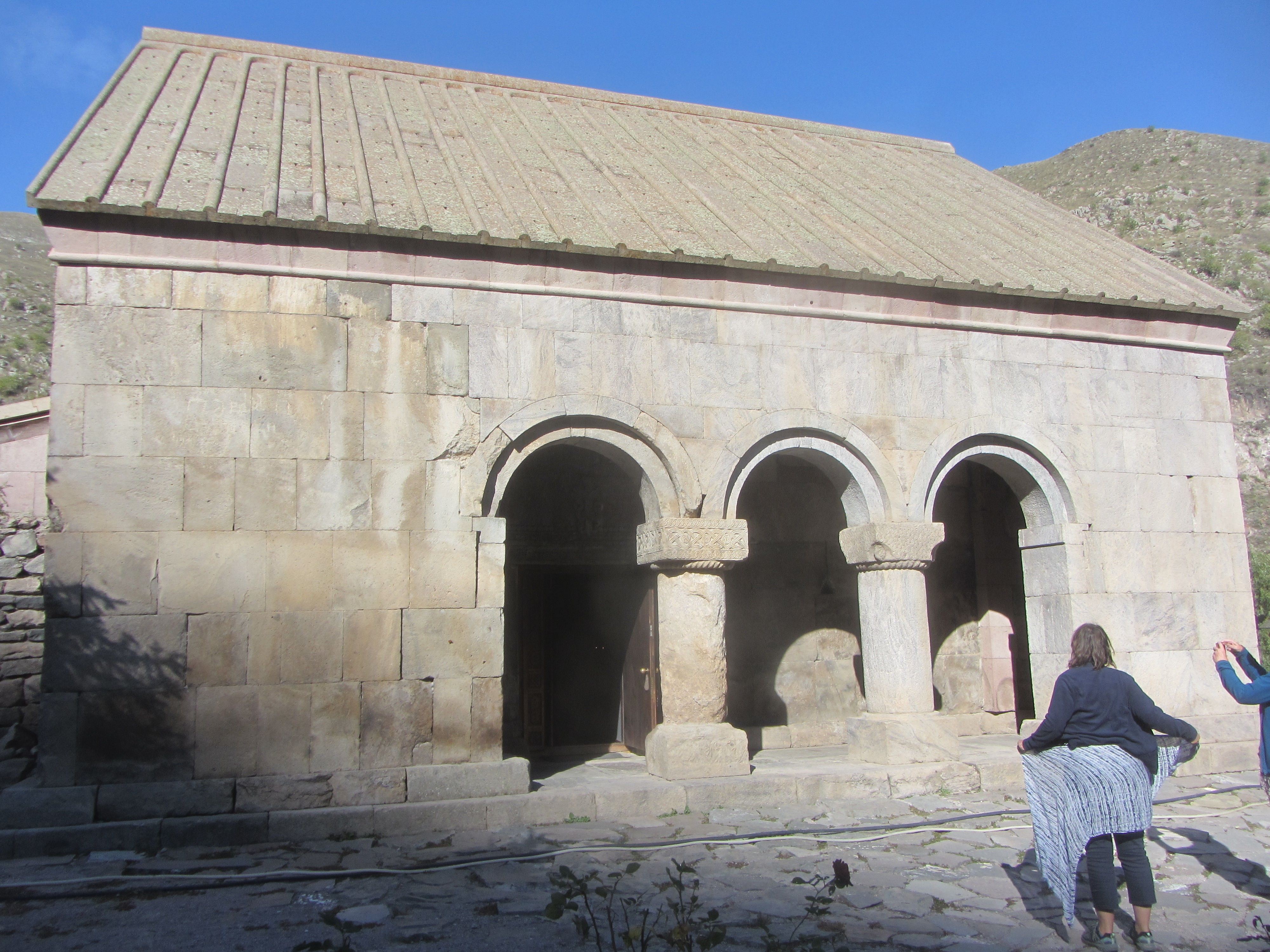
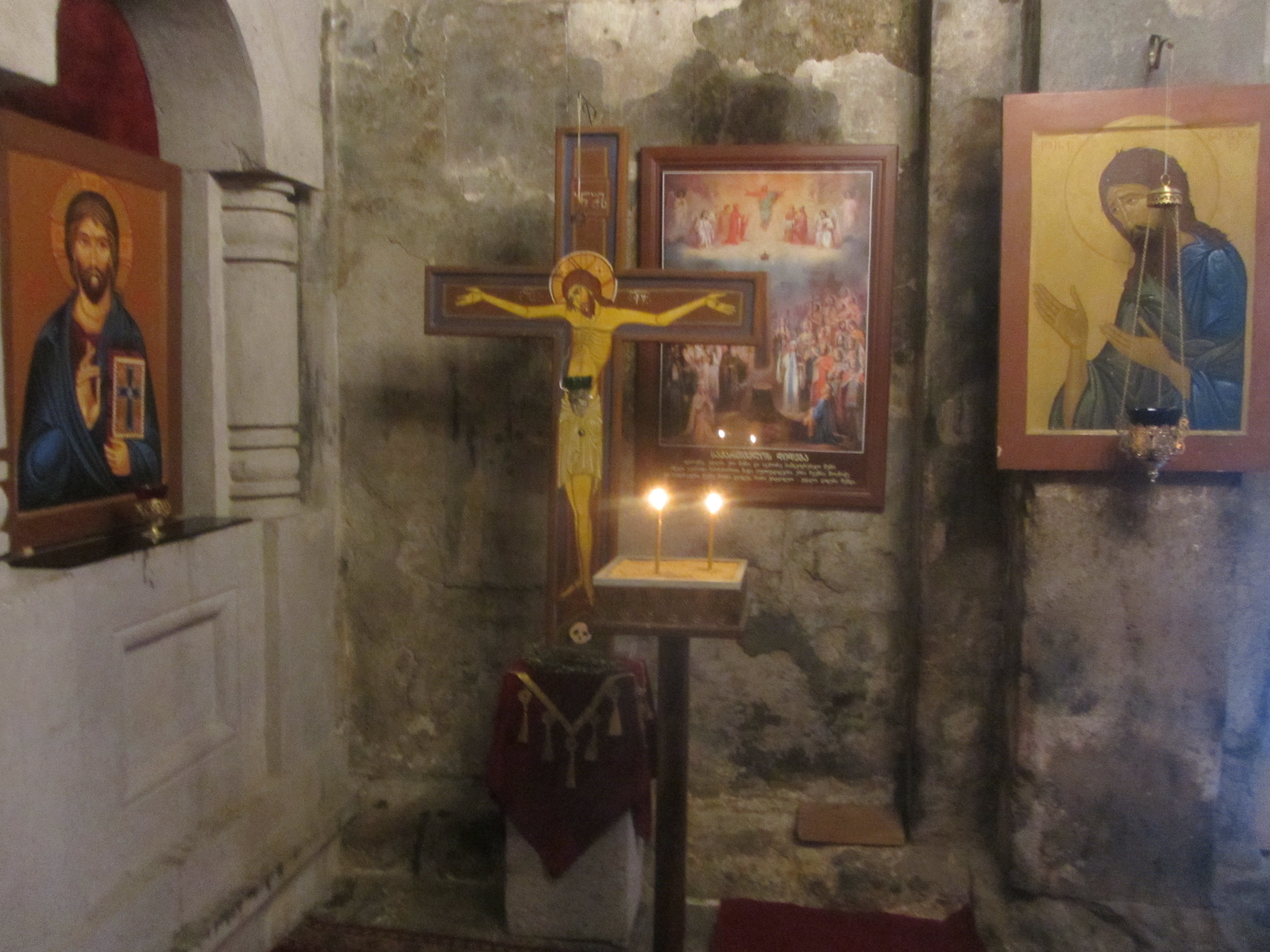
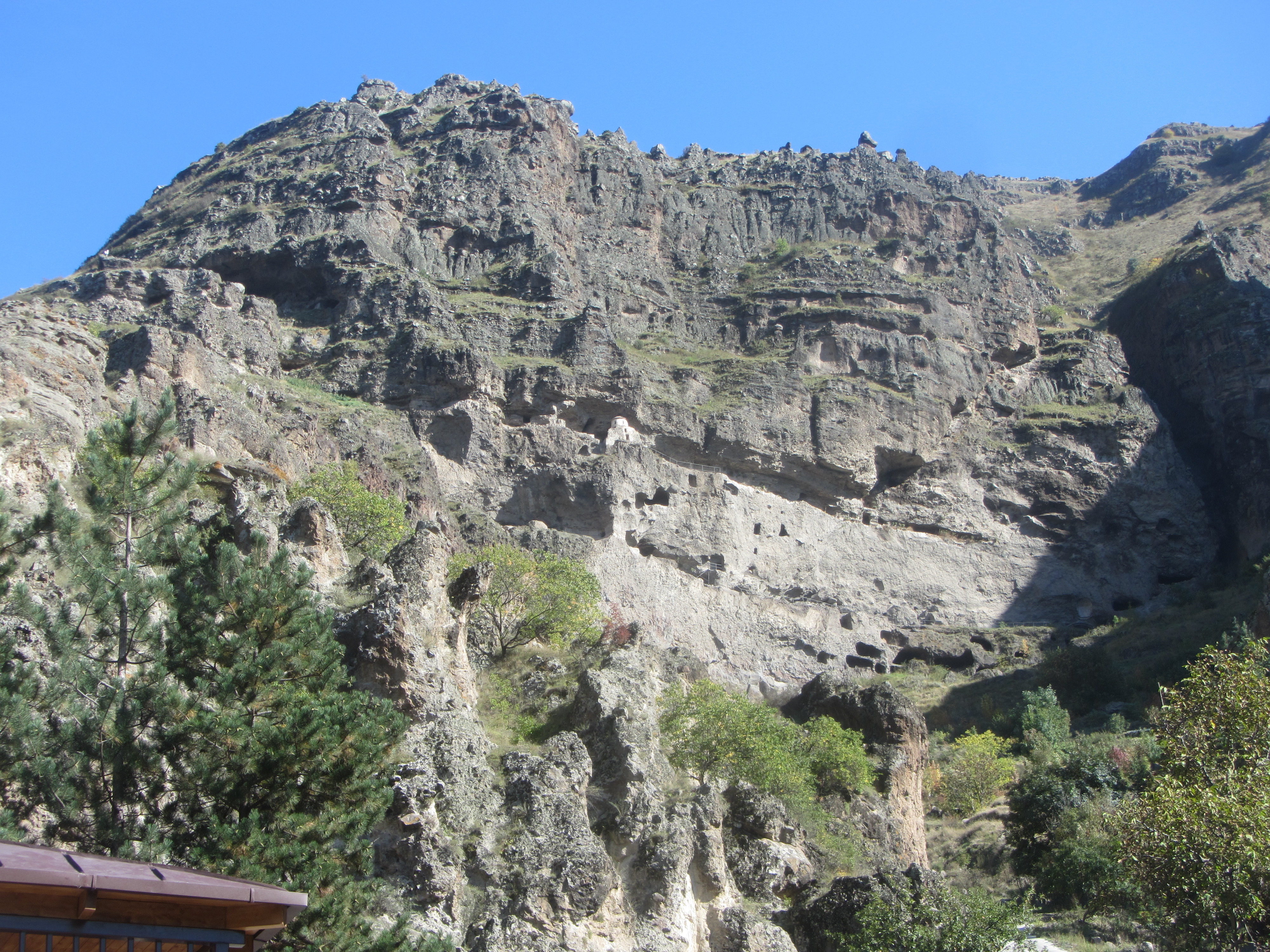
The next morning we headed back to Tbilisi. click here
Back to Return to Georgia index click here
To overall travels index page click
here